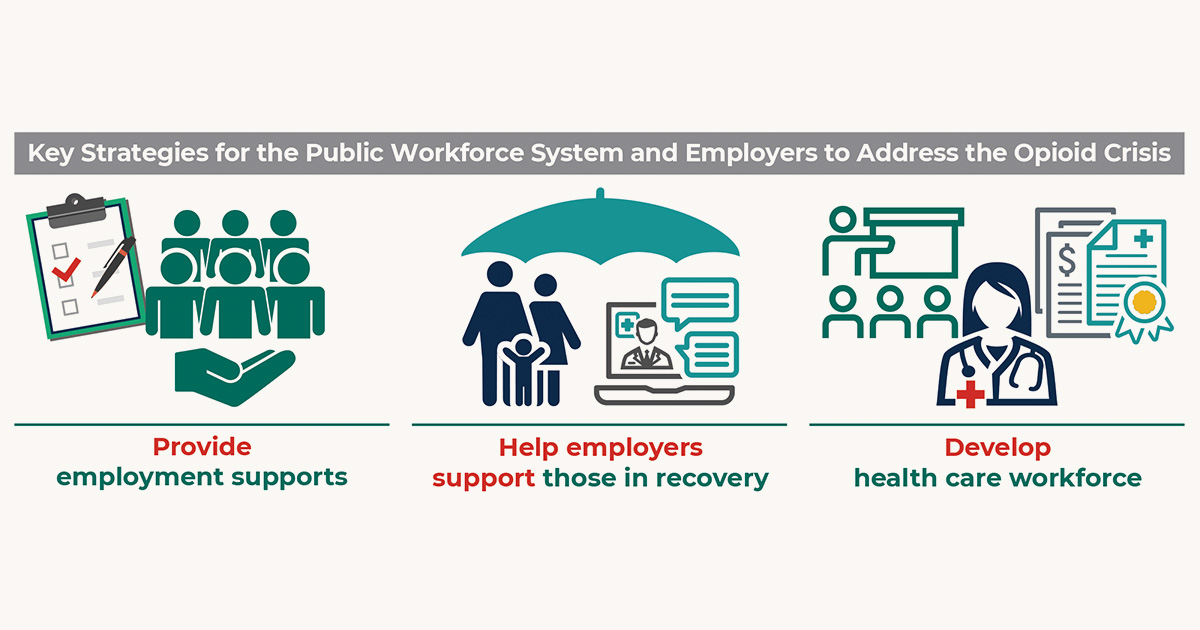Availability of Employment Services for People with Opioid and Other Substance Use Disorders
National Surveys of Mental Health and Substance Use Disorder Treatment Facilities
Prepared for:
U.S. Department of Health and Human Services, Substance Abuse and Mental Health Services Administration
- Forty-five percent of substance use disorder treatment facilities reported offering employment counseling or training for clients in 2020. The percentage of facilities offering these services has increased since 2010, with the greatest increases evident since 2018.
- Access to facilities that offer both employment services and medication-assisted treatment for opioid use disorder may be limited, thereby potentially limiting employment outcomes for this population.
- Facilities offering a substance abuse treatment program or group specifically tailored for veterans or criminal justice–involved clients were more likely to offer employment counseling or training. This is consistent with heightened federal attention on employment among these populations.
- Availability of employment services relative to the size of the population and geographic area varied across states. A higher percentage of substance use disorder treatment facilities offered employment services in large central metropolitan counties than in less urbanized counties.
In this brief, we use data from the National Survey of Substance Use Treatment Services (N-SSATS) to document changes from 2010 to 2020 in the percentage of substance use disorder treatment facilities offering employment services. Given particular interest in employment services for people with opioid use disorders, we also present the specific proportion of facilities treating opioid use disorder that offer employment services. Because federal agencies—including the Departments of Veterans Affairs12 and Justice13—have sought to address particular employment needs among veterans and people involved in the criminal justice system with substance use disorder, we also present analyses of facilities with programs specifically targeting these populations. Finally, we show variations in the percentage of facilities offering employment services by urban-rural classification and state.
How do you apply evidence?
Take our quick four-question survey to help us curate evidence and insights that serve you.
Take our survey
